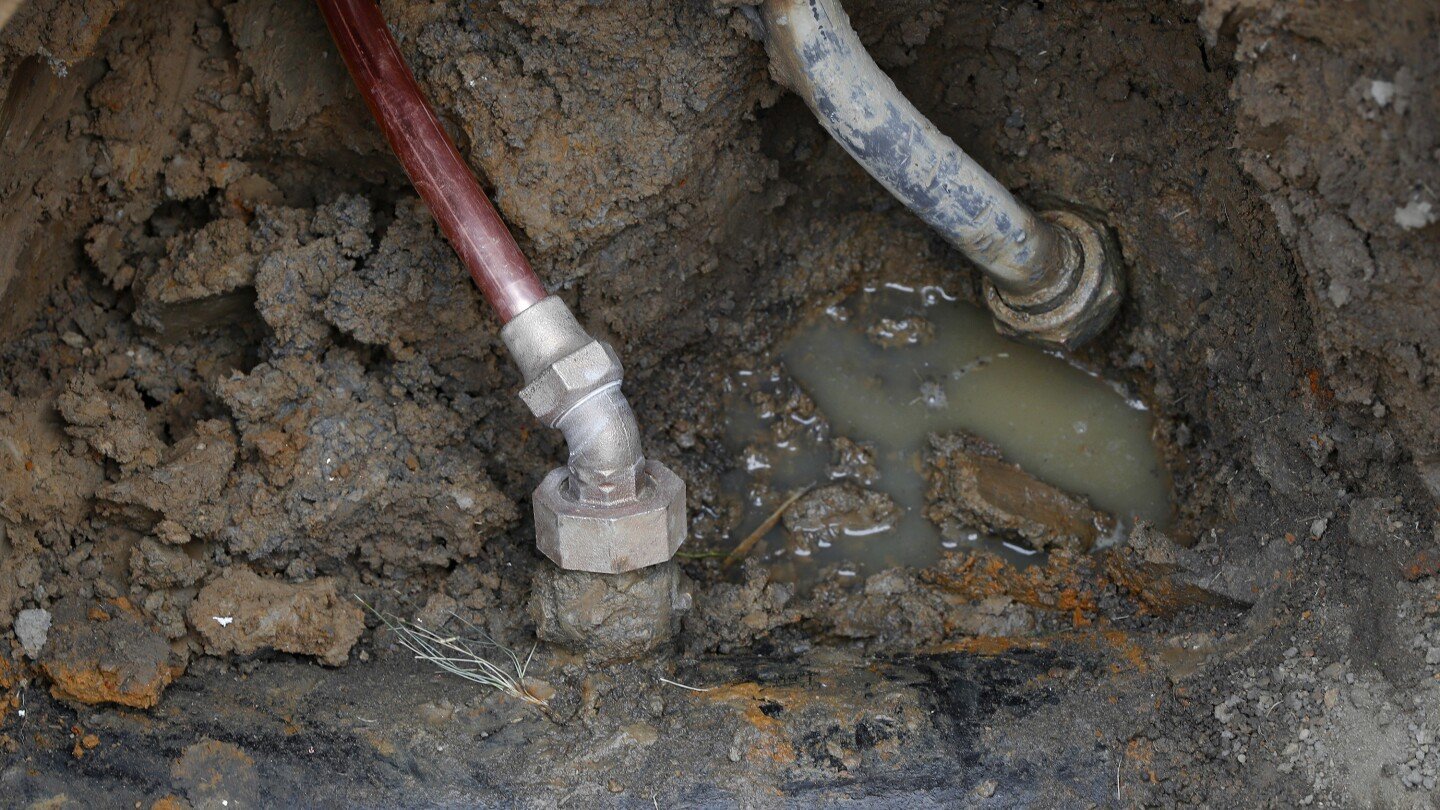A decade after the Flint, Michigan, water crisis raised alarms about the continuing dangers of lead in tap water, President Joe Biden is setting a 10-year deadline for cities across the nation to replace their lead pipes, finalizing an aggressive approach aimed at ensuring that drinking water is safe for all Americans.
Biden is expected to announce the final Environmental Protection Agency rule Tuesday in the swing state of Wisconsin during the final month of a tight presidential campaign. The announcement highlights an issue — safe drinking water — that Kamala Harris has prioritized as vice president and during her presidential campaign. The new rule supplants a looser standard set by former President Donald Trump’s administration that did not include a universal requirement to replace lead pipes.
Biden and Harris believe it’s “a moral imperative” to ensure that everyone has access to clean drinking water, EPA Administrator Michael Regan told reporters Monday. “We know that over 9 million legacy lead pipes continue to deliver water to homes across our country. But the science has been clear for decades: There is no safe level of lead in our drinking water.’’



The argument isn’t just about acute or symptomatic exposure, but any exposure.
Lead can bioaccumulate within our bodies and while we may not yet know to what extent of health issues it can pose, we do know it is a neurotoxic substance.
What you are arguing is the equivalence of putting all of the blame on a construction team for lead/asbestos exposure when neither should have been used in the beginning. Yes, Flint should have been handled better, but the pipes also shouldn’t have been leaded in the first place.
Okay but what you need to understand is that the EPA’s allowable level of lead for municipal water supplies is 15 parts per billion (PPB) (which is very low), and the standard doesn’t change based on what materials were used for the pipes. Getting below that threshold is not only achievable but expected even with lead pipes, if you treat the water properly. Flint’s problem was that it didn’t, because the Governor kicked out the people who knew what the fuck they were doing!
As for your 20/20 hindsight, it’s just that: hindsight. A lot of these pipes date back to the early 1900s or earlier, when not only had plastic not yet been invented, even copper pipe barely existed because they hadn’t figured out how to efficiently manufacture it water-tight yet (source). That means the alternatives to lead pipes were really shitty, such as terracotta or wood, and even if they did manage to use early copper pipes or some other metal, guess what: the joints would all be soldered with lead anyway. Moreover, this was also back when they were so ignorant about the cumulative effects of exposure to lead that they still thought it was a good idea to put it in things like gasoline and paint, so why would they have concerned themselves with the relatively small risk from using it in plumbing?
If Flint were a sunbelt city built mostly after 1950, then sure, using lead for the pipes would’ve been inexcusable. But Flint was already in decline by then, so most of it is older than that!